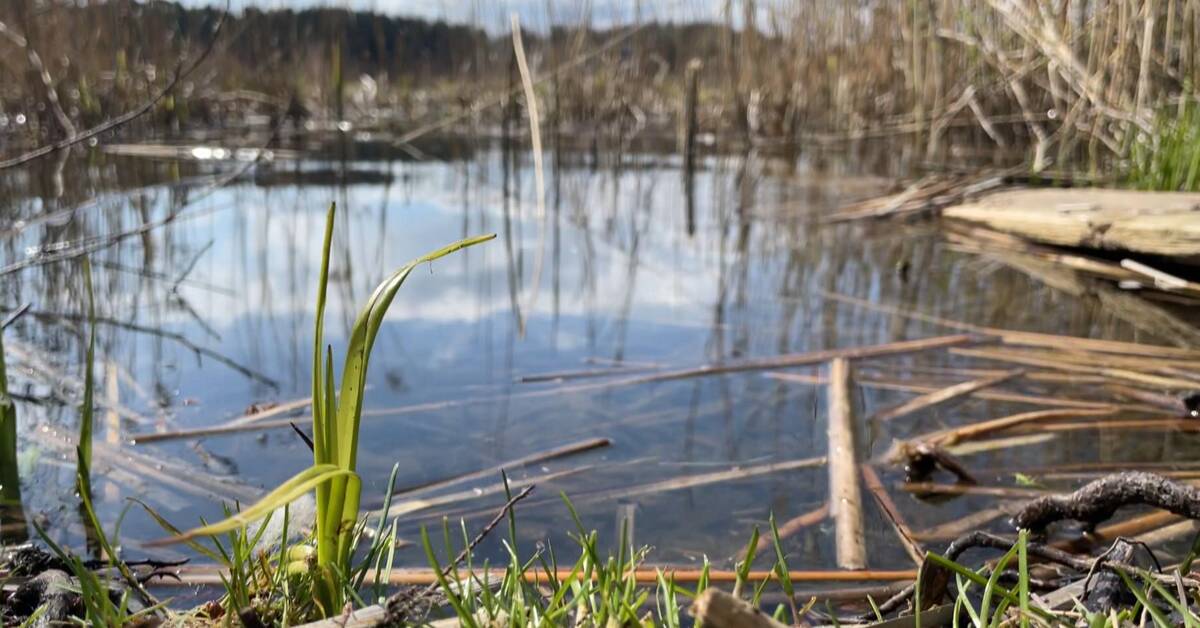High levels of PFAS in watercourses can limit the use of the water and contaminate fish.
Lake Aspen has no connections to the landfill in Kagghamra and where the high values come from is a mystery.
- In the spring, we will take more samples in Aspen to find where the substance is distributed, says Johannes Knulst, environmental officer at the County Administrative Board in Stockholm.
Sampling in the county
During the years 2019 to 2021, the County Administrative Board has taken water samples at 92 locations in the county.
The measurements show that Märstaån contains the most PFAS, mainly from Arlanda Airport.
Both Märstaån and Älvestaån have connections to Lake Mälaren, which supplies two million people with drinking water.
PFAS is suspected of being carcinogenic and the high levels make society more vulnerable, according to the County Administrative Board.
- Tracing the sources of pollution and measures to them is less costly than cleaning a polluted lake, says Johannes Knulst.
How long does PFAS stay in fish?
Javascript is disabled
Javascript must be turned on to play video
Read more about browser support
The browser is not supported
SVT does not support playback in your browser.
We therefore recommend that you switch to a different browser.
Read more about browser support
- It seems that the content of PFOS in the fish builds up quite quickly, says Magnus Karlsson, research leader at IVL Swedish Environmental Institute.
But how long is it left in the fish - hear more in the video.
Photo: SVT

